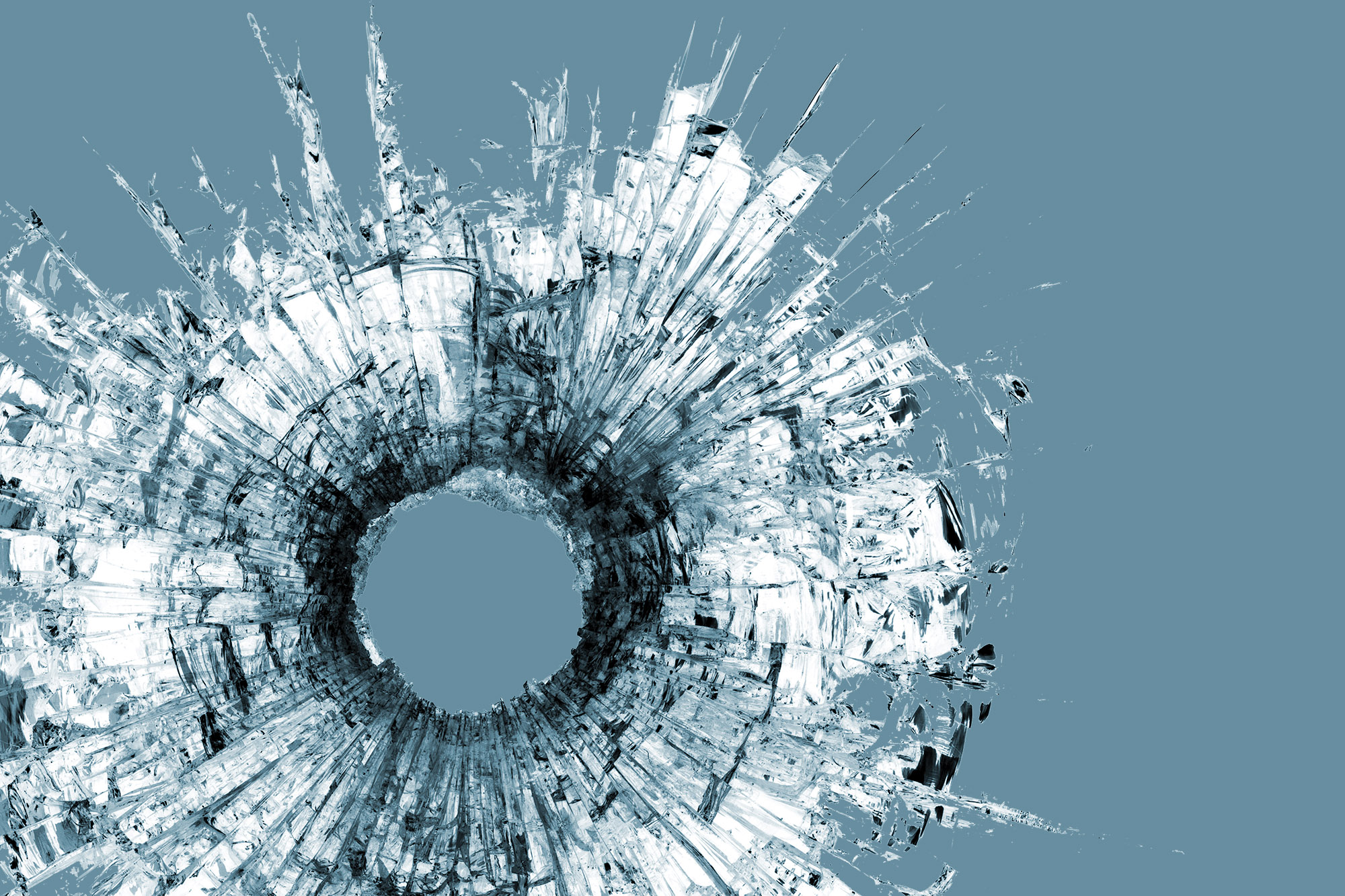 Feature
Feature
by Rebecca L. Sandefur and Lucy Ricca
Vol. 108 No. 1 (2024) | Harnessing AI for JusticeA new approach to bringing people access to justice “centers the justice experiences of ordinary people, rather than the structure or staffing of justice institutions, the elements of legal families, […]
 Feature
Feature
by Christopher L. Griffin, Jr., Cas Laskowski and Samuel A. Thumma
Vol. 108 No. 1 (2024) | Harnessing AI for JusticeA Preliminary Agenda for Using Generative AI to Improve Access to Justice
 Point/Counterpoint
Point/Counterpoint
by Paul W. Grimm, Cary Coglianese and Maura R. Grossman
Vol. 107 No. 3 (2024) | JustitiaScholars and technologists see both benefits and dangers for AI in the courts. One thing they agree on: AI is here to stay. As we enter 2024, it’s tough not […]
 In Conversation
In Conversation
by Paul W. Grimm and Nita A. Farahany
Vol. 107 No. 3 (2024) | JustitiaMindreading may sound like the stuff of science fiction, but these days, as they say, truth is stranger than fiction. Employers track employee attention and even moods. Technology users can […]
 Feature
Feature
by Paul W. Grimm, Maura R. Grossman and Daniel G. Brown*
Vol. 107 No. 2 (2023) | Generative AI in the CourtsThe news abounds with articles on the promises — and perils — of generative AI (GenAI) […]
 Feature
Feature
by Brandon Garrett, Nicholas Scurich, Eric Tucker and Hannah Bloom
Vol. 107 No. 2 (2023) | Generative AI in the CourtsForensic firearms identification involves linking evidence collected from crime scenes — namely, fired cartridge casings and bullets — to a particular firearm. Two assumptions underlie this identification process: First, firearms […]
 Feature
Feature
As the COVID-19 pandemic began rolling through the United States, medical staffs were as busy as they had ever been. News reports showed doctors and nurses grabbing quick naps between […]
 Book Review
Book Review
With the exception of DNA analysis, a great deal of so-called “forensic science” — that is, the analysis of tool marks, bite marks, hair comparisons, fingerprints, blood spatters, arson patterns, and […]
 Point/Counterpoint
Point/Counterpoint
by David Hoffman, Jolynn Childers Dellinger and Connor Leydecker
Vol. 106 No. 3 (2023) | Forging New TrailsIt’s 1890. Responding in part to the invention of “instantaneous” photography, Samuel Warren and Louis Brandeis write The Right to Privacy, urging legal recognition of “the right to be let alone,” which […]
 Sidebar
Sidebar
by Teri Deal
Vol. 106 No. 2 (2022) | Losing faith?When physical distancing measures required courts to quickly adapt operations, the National Center for State Courts (NCSC) saw an opportunity to examine the experience of families and child welfare court […]